WHAT IS A CORONARY ANGIOGRAM OR CAG?
An angiogram is a test that involves injecting dye into your coronary arteries to see if there are blockages or narrowing in your blood vessel in a special room called Cath lab either from the wrist or groin.
WHEN IS A CORONARY ANGIOGRAM OR CAG DONE TOON ME?
You will be advised angiogram by your doctor if he suspects blockage in your heart vessels based on your symptoms(i.e. to know whether coronary artery disease is present or not) .
CAG is indicated if you have symptoms of heart disease such as
1. Chest pain
2. Shortness of breath
3. Palpitations
4. Swelling of feet
CAG is indicated based on the reports of other cardiac tests such as
1. ECG is showing heart attack
2. Abnormal results in Stress tests like exercise ECG test or stress echo test or nuclear stress test suggestive blockages
3. CT coronary angiogram showing coronary artery disease
If your symptoms are strongly suggestive of CAD, your cardiologist may advice CAG even if your ECG and 2d echo are normal.
If you can not perform stress test or have contraindications for stress test, CAG will be advised to you to rule out CAD as cause for your symptoms.
Which angiogram is better, angiogram through the wrist or angiogram through groin?
Angiogram through the wrist is always better than through the groin for you.
advantages of radial or wrist angiogram
- Early ambulation. so discharge on the same day is possible
- Less chances of hematoma or bleeding
- No need to lie down for 4 to 6 hours
- Less deaths
- Less complications
Disadvantages of radial or wrist angiogram
- More chances of spasm. then more pain to you
- sometimes need to convert to the groin arises
- Can not be done if you underwent CABG
WHAT IS A CATH LAB FOR CORONARY ANGIOGRAM OR CAG?
Cath lab is a procedure room containing a specialized X-ray tube where an angiogram will be done.
HOW SHOULD I PREPARE FOR AN CORONARY ANGIOGRAM OR CAG?
· Food: avoid solid food after midnight the night before the test. Your angiogram may be canceled by
the doctor if you eat after this time.
the doctor if you eat after this time.
·Have plenty of clear fluids only up to 3 hours before the test.
·One need to shave the groin area before the test
·Remove all jewelry before entering the Cath lab.
·One may keep glasses, hearing aid(s), and denture(s) on during the procedure.
· Medication that helps you relax just before the angiogram will be given to you but you will be
awake throughout the procedure.
awake throughout the procedure.
·Inform the treating doctor if you have a known allergy to x-ray dye, iodine, shellfish, or any
other allergies.
other allergies.
WHAT IS THE PROCEDURE FOR CORONARY ANGIOGRAM OR CAG?
·You will change into a hospital gown.
· Your sister will insert an intravenous (IV) line
· Your doctor will decide whether the radial (wrist) or femoral (groin) access site will be used for the test.
·You will go to the catheterization lab (Cath lab) for the angiogram.
· You will lie on an x-ray table.
· You will be connected to a heart monitor.
· The doctor will clean the area chosen for the angiogram with a cleaning solution.
·Do not touch this area once it is cleaned.
· sterile (germ-free) drape will be placed over you to keep the area clean.
· Cardiologist will inject a local anesthetic (freezing) into the groin area or wrist area (radial
artery).
artery).
· Once the area is frozen (became numb), the cardiologist will insert a sheath (like a large IV line)
into the artery.
into the artery.
·Through this sheath, the cardiologist will guide small catheters (wires) into the coronary
arteries.
arteries.
· Small amounts of dye will be injected through these catheters to see the heart vessels in the x-ray monitor (called a
fluoroscope).
fluoroscope).
·Once the angiogram was over, the cardiologist will remove the guide wires but leave the
sheath in. You will return to the recovery area.
sheath in. You will return to the recovery area.
·Based upon the results of this test, your treating doctor may proceed immediately with stent placement. Placing stents is determined both by the nature of the blockage and by the patient’s wishes, which are usually discussed before the catheterization.
·In some cases, treatment with medications is continued or may advise to undergo bypass surgery or stenting later.
CARE IN RECOVERY ROOM AFTER CORONARY ANGIOGRAM OR CAG
The nurse will connect you to the heart monitor and will check your blood pressure, pulse, and heart rhythm frequently.
The nurse also checks your groin and feet pulses frequently.
You may be connected to IV fluids to help clear the x-ray dye from your kidneys.
You are encouraged to drink a lot of clear fluids to help clear the x-ray dye from your kidneys.
You may not eat until the treating doctors tell you to do so. Eating too soon may cause complications such as bleeding.
WHAT CARE I SHOULD TAKE AFTER A CORONARY ANGIOGRAM OR CAG?
Post angiography care depends on the access through which you underwent angiogram.
·Angiography is a daycare procedure and hence one will be discharged in the same day.
· Always have someone accompany you when you leave the hospital.
· Make sure you have someone to stay with you overnight after the angiogram as he may help you in case you start bleeding.
POST ANGIOGRAM CARE IF YOU UNDERWENT ANGIORAPHY THROUGH WRIST
A radial band is applied once the radial sheath is removed after the test.
You may not use your affected arm for 1-2 days
You must keep your wrist straight 6 hours after the removal of the radial band For the next 2 days, do not do any lifting, sports, or heavy work with the arm
Keep the bandage dry and remove it the next morning.
Do not apply another bandage.
You may shower 1 day after your procedure.
You may shower 1 day after your procedure.
POST ANGIOGRAM CARE IF YOU UNDERWENT ANGIOGRAM THROUGH GROIN
While the femoral sheath is in
·Do not bend that leg
·Do not lift your head off the pillow
·Do not move in bed by yourself
Any of the above actions may cause bleeding and damage to your artery
The nurse will apply a bandage over the site after the sheath is removed.
You should not bend your leg for 4-6 hours after the sheath is removed. Bending your leg may cause bleeding to start in the artery.
Inform the doctor if you feel a warm, wet feeling or pressure or a sharp pain where the sheath was. You may be bleeding.
Avoid driving in the first 24 hours. Avoid unnecessary movements of the leg because excess movements can cause bleeding from the groin artery in the leg.
You may shower 1 day after your procedure.
Do not sit upright for more than 1 hour at a time during the first day at home if you underwent a procedure through your groin
for an initial one week.
for an initial one week.
You may see a soft lump or bruise around at the puncture site or even down the leg where the angiogram was done. This is normal.
It is not normal when this lump suddenly gets bigger or harder. This means you are bleeding. If this should happen you must consult your cardiologist.
For the next 1 week, do not do any lifting, sports, or heavy work as they may because you bleed from the puncture site.
WHAT WILL BE MY TREATMENT AFTER THE CORONARY ANGIOGRAM OR CAG?
The cardiologist or heart specialist will tell you the next plan of management based on what your angiogram showed. If you have normal heart vessels, you may not need treatment or will be put on medicine.
If you have abnormal heart vessels (narrowed or blocked vessels), there are three options are available. your doctor will decide which suits you the most.
1.Medications alone (block less than 50-70% but also when the block is more than
50-70% if you are considered high risk for any procedure.
50-70% if you are considered high risk for any procedure.
2. Putting stent (angioplasty or PCI or heart stent surgery) with drug eluting stent (DES)
3. Bypass surgery (CABG) with medication.
IS STENTING COMPULSORY AFTER ANGIOGRAPHY?
No. It depends on finding in the angiogram. If your doctor thinks that you get benefit by putting a Drug eluting stent, he advices you heart stent surgery
DO I NEED A CORONARY ANGIOGRAM OR CAG EVEN WITH A NORMAL ECHOCARDIOGRAM (2D ECHO)?
You may need it if you are doctor suspects you may have blocks in a heart blood vessel (coronary artery disease) based on your symptoms with the background of your risk factors. Changes (decreased pumping or ejection fraction) in echocardiogram (2D Echo) sometimes appear very late (sometimes even a few years later also) after your blood vessels got severely narrowed. It is because an echocardiogram (2D echo) that is done normally is done at rest when oxygen supply to the heart through the narrowed artery is sufficient. This is the reason why one gets chest pain not at rest, but only during exercise or emotional upset where demand for increased oxygen by heart muscle is not met. Hence doing (2D Echo) during exercise or with a medicine that increases the oxygen demand of the heart
(dobutamine) is more useful to identify heart blocks at relatively earlier stages when compared to a simple echocardiogram (2D Echo). This type of echocardiogram is called stress Echo.
(dobutamine) is more useful to identify heart blocks at relatively earlier stages when compared to a simple echocardiogram (2D Echo). This type of echocardiogram is called stress Echo.
IS THERE A NON-INVASIVE TEST THAT CAN BE USED TO VISUALISE MY CORONARY ARTERY?
Yes.
CT coronary angiogram (CTCA) is a kind of CT where your doctor gives you some contrast through your arm vein which can show heart vessels (coronary arteries). The presence of a previous stent may obscure the results. Even calcifications obscures the findings.However, one needs to have a regular heartbeat, able to hold breath for few seconds. MR angiogram is done similarly, but it is available in a few centers only. Patients with pacemakers or ICD should not undergo MR angiograms but can undergo CT coronary angiograms. CT coronary angiography is indicated in patients with low to moderate probability of CAD.
CT coronary angiogram (CTCA) is a kind of CT where your doctor gives you some contrast through your arm vein which can show heart vessels (coronary arteries). The presence of a previous stent may obscure the results. Even calcifications obscures the findings.However, one needs to have a regular heartbeat, able to hold breath for few seconds. MR angiogram is done similarly, but it is available in a few centers only. Patients with pacemakers or ICD should not undergo MR angiograms but can undergo CT coronary angiograms. CT coronary angiography is indicated in patients with low to moderate probability of CAD.
CAN MY ECG BE NORMAL EVEN WITH THE PRESENCE OF BLOCKS?
If arteries get narrowed slowly, approximately as high as 50 to 60% of individuals have absolutely normal ECG despite the presence of severely narrowed heart vessels. However, in those patients who have a sudden block in heart vessel (occurs in heart attack), only less than 5% will have normal ECG. Among these, changes may appear in ECG if repeated after one hour.
IS THERE ANY BLOOD TEST TO KNOW THE PRESENCE OF BLOCKAGE IN THE HEART VESSEL?
If arteries or arteries get narrowed slowly, blood tests are usually not helpful as they may be normal despite the presence of severe narrowing. But, in those patients who have a sudden block in heart vessels (occurs in heart attack), certain biochemical are released from the damaged heart muscle. This chemical can be detected in blood or serum. The time of appearance of these chemicals depends on the type of chemical and severity of heart attack. They can appear as early as 3 hours but sometimes as late as 6 hours. Various chemicals used to diagnose heart attacks are Troponins (available as bedside strip also), myoglobin, and Creatinine Kinase. These are called biomarkers of a heart attack. Among them, Troponin is most commonly used.
CAN I UNDERGO AN ANGIOGRAM WITHOUT A TREADMILL TEST (tmt test)?
Your doctor may decide to do a heart angiogram directly without a treadmill test if he or she suspects you have very high chances of having a blockage in your heart vessel.
CAN I HAVE CHEST PAIN WHEN I EXERT WITHOUT HAVING A BLOCK IN MY HEART VESSELS?
Yes.
An entity called microvascular angina where large vessels supplying the heart are free of any severe blockage (more than 50% narrowing) but microvessels supplying the heart muscle have some problems. These small vessels are usually not visualized by angiography. These patients should receive medication and lifestyle changes just like any other patient who had a blockage in his major blood vessels. However, stenting and bypass surgery have no role in microvascular angina.
An entity called microvascular angina where large vessels supplying the heart are free of any severe blockage (more than 50% narrowing) but microvessels supplying the heart muscle have some problems. These small vessels are usually not visualized by angiography. These patients should receive medication and lifestyle changes just like any other patient who had a blockage in his major blood vessels. However, stenting and bypass surgery have no role in microvascular angina.
Where can i get coronary angiogram in Hyderabad?
Dr. Malleswara rao is a senior interventional cardiologist with vast experience in angiograms, heart stent surgeries and pacemaker surgeries.. He is a heart specialist in DM heart clinic, Hyderabad.
Dr.Malleswara Rao
DM HEART CARE CLINIC – CARDIOLOGIST SERVICES WITH 2D ECHO, ECG, AND TMT
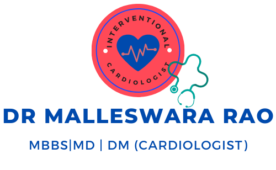


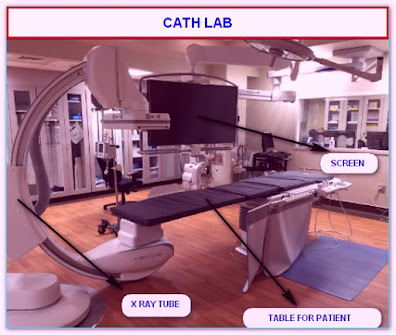


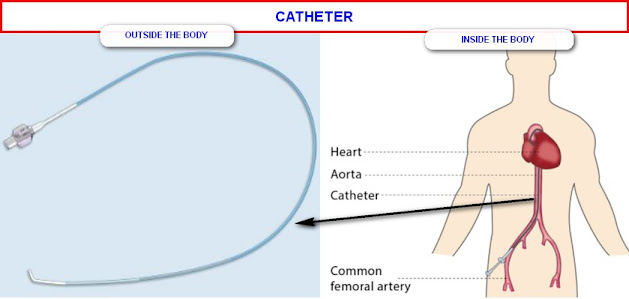
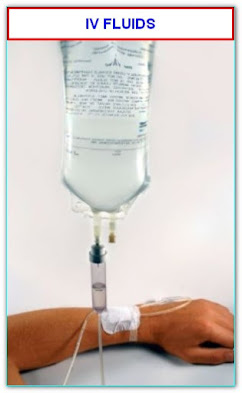
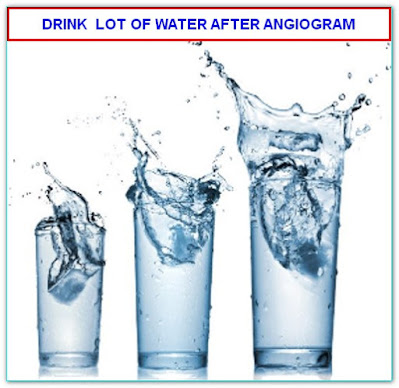
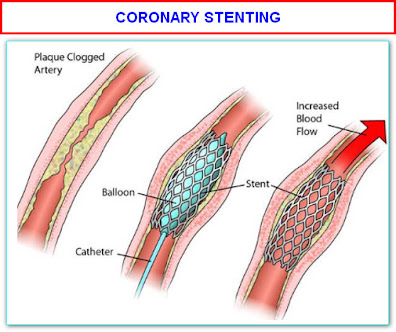
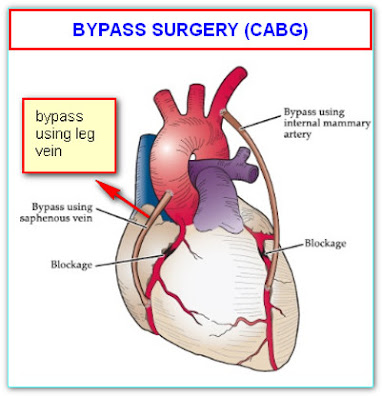


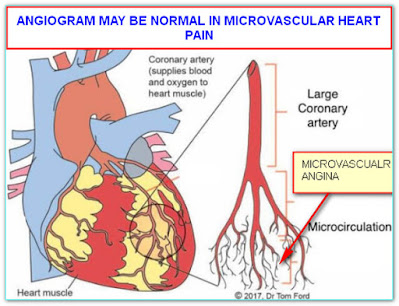
Great post I wo d like to thank you for the efforts you have made in writing this interesting and knowledgeable article.
Gastroenterology
Empty the inflatable and take the catheter out. Back rub the mid-region energetically, moving from right to left. This will assist with moving the stool along and out. A solid discharge ought to happen within a couple of moments. If you want to know more, Please check out here – urinary drainage bag with anti reflux valve
Thanks so much for including us! What a fantastic round-up here! I like your blog which is useful to me for Thyroid Surgery in Bakersfield CA. I like your hard work, Keep it up.
Very well written article. It was an awesome article to read. Read more info about Quality Primary Care Clinic New Orleans. Complete rich content and fully informative. I totally Loved it.